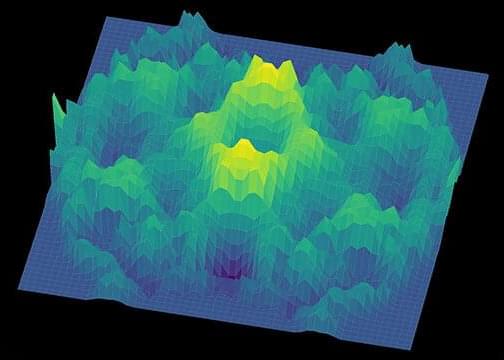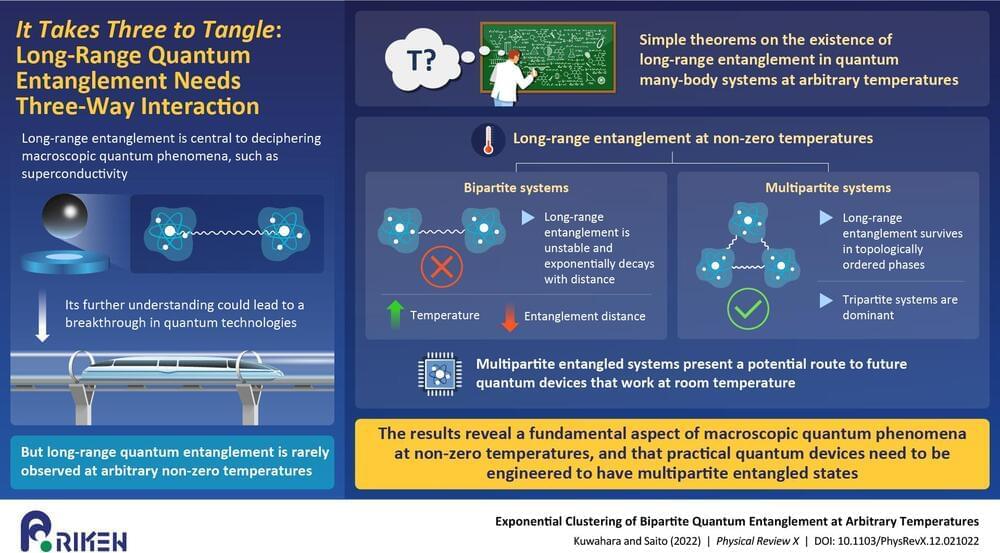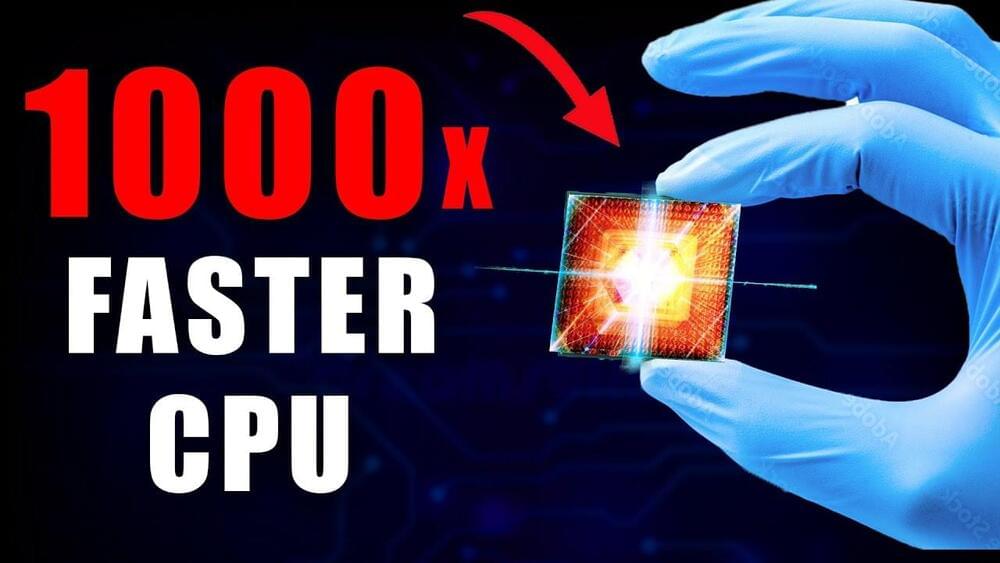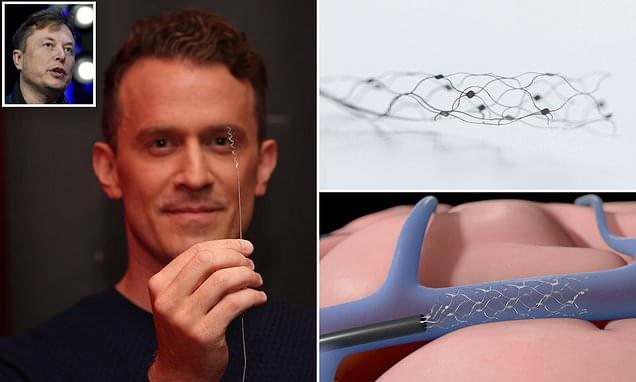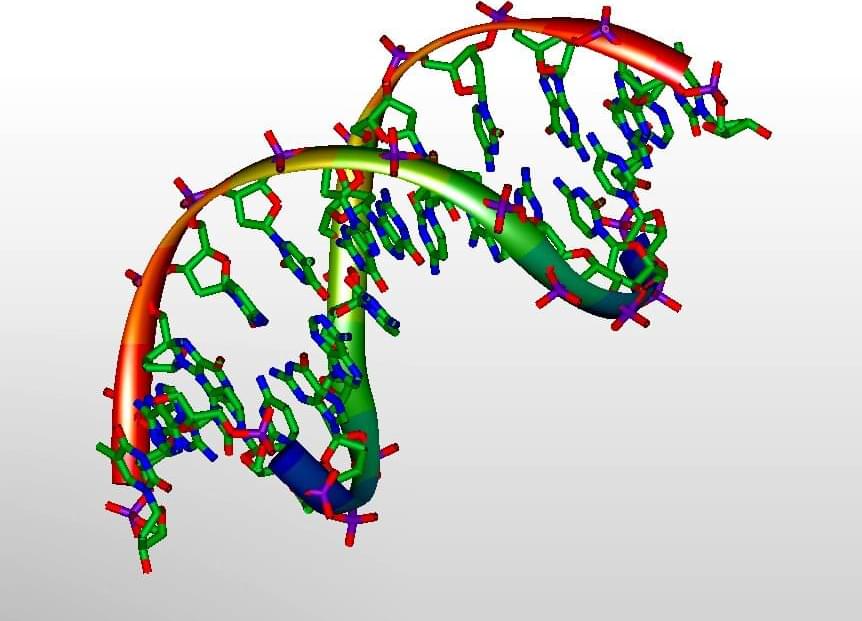May 11, 2022
The Ideal Qubit? Future Quantum Computers Could Crunch Data With Single Electrons on Neon Ice
Posted by Dan Breeden in categories: computing, quantum physics
The current state of affairs, however, is a bit more complicated. While quantum computers have officially gone from theory to fact—a remarkable achievement—none are yet practical.
To realize a useful quantum computer, Google, IBM, Microsoft, Amazon, and others are pouring resources into machines that run on a menagerie of qubits. The most popular approach, favored by Google and IBM, involves tiny loops of superconducting wire. Honeywell and IonQ are pursuing atomic qubits made of trapped ions. Researchers in China are building intricate, Rube-Goldberg-like machines on lab benches to run quantum computations with mirrors and light.

